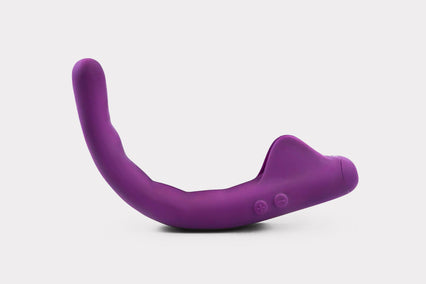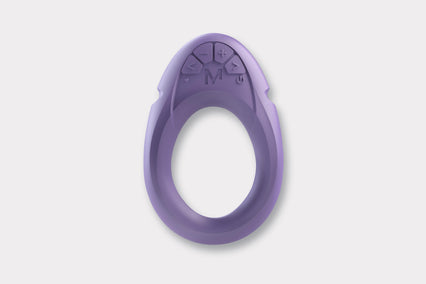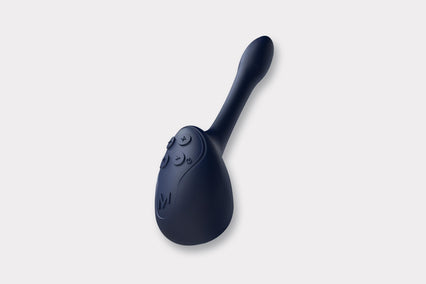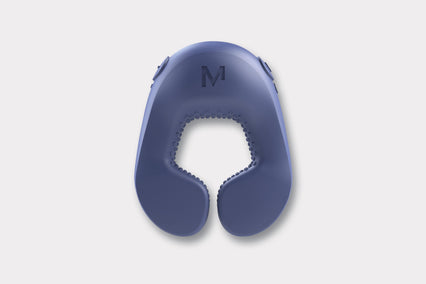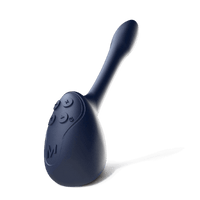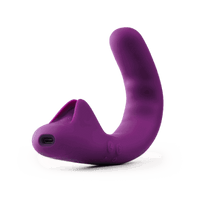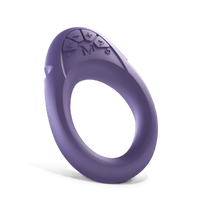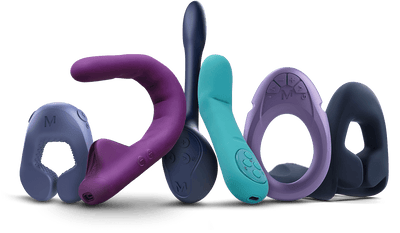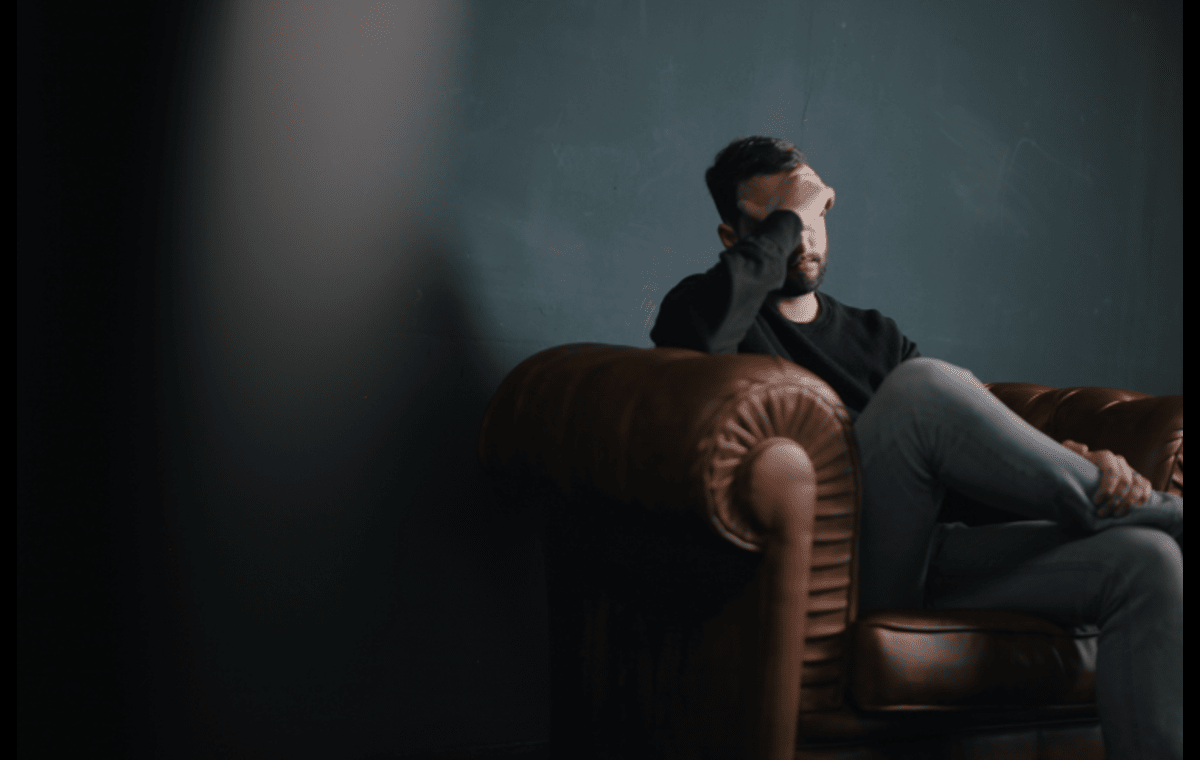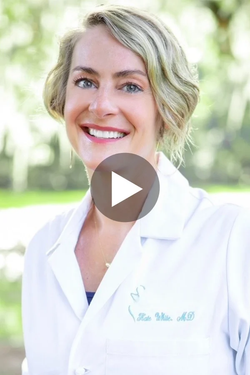Pregnancy comes with the good stuff, little flutters, big feelings, and a changing body, plus the not so fun stuff like pelvic pain. If your pelvis starts to ache when you walk, roll over, or try to get comfy, you are not alone.
Here’s how your body is changing, what that means for your pelvis, and practical steps that can find relief. With a few smart moves and the right tools, you can keep enjoying the parts of pregnancy you love.
Understanding Pelvic Pain
The pelvis, a complex structure of bones, ligaments, and muscles, serves as our body's central support. It's built for strength but also flexibility, especially vital during this transformative phase. More specifically, as the fetus develops, it demands more space, leading to an expansion of the uterus. This growth exerts pressure on the pelvic bones and ligaments. While this is a natural and necessary process, it can sometimes result in the pelvis becoming less stable, causing discomfort.
The nature of this pain varies among women. Some might experience a dull, constant ache, while others could feel sudden, sharp twinges, especially during specific movements like standing up or turning in bed. Activities that were once taken for granted, such as walking or climbing stairs, might become challenging. Moreover, the emotional toll of dealing with persistent pain can impact a woman's overall well-being, making it essential to understand and address the root causes.
Common symptoms of pelvic pain during pregnancy
Understanding the common symptoms of pelvic pain during pregnancy is essential for early diagnosis and effective management.
Here's a breakdown of the typical symptoms:
Pain in various regions
Pain can manifest itself differently for everyone. The most common areas include:
- Pubic region: Many women experience a pronounced sharp or stabbing sensation attributed to the stretching of the symphysis pubis joint.
- Lower back: This discomfort is a direct consequence of the added weight, placing pressure on the lumbar spine.
- Hips and groin: The widening pelvis can induce strain that extends into the groin.
- Thighs and knees: Pain can radiate, potentially reaching the knees, especially if influenced by the sciatic nerve.
Clicking or grinding sensations
Some women distinctly notice a clicking or grinding noise in the pelvic area. This phenomenon, termed 'crepitus,' indicates potential instability or misalignment of the pelvic bones.
Movement-induced discomfort
Activities that were once routine can now trigger pain. For instance:
- Walking: Extended walking durations can heighten discomfort due to the rhythmic weight shifting.
- Climbing stairs: The hip and pelvic joints are more engaged, potentially leading to increased strain.
- Turning in bed: Even a simple change in sleep position can cause sharp pain as the pelvic bones and ligaments adjust.
Intimacy-related challenges
The heightened pelvic sensitivity during pregnancy can pose challenges during intimate moments. Open communication and adaptability between partners become crucial to ensure mutual comfort.
Causes of pelvic pain during pregnancy
While pelvic pain is a common experience, the reasons behind it are multifaceted and can vary from one individual to another.
Here are some of the primary causes behind pain during pregnancy:
- Hormonal changes: Pregnancy triggers a surge of hormones, preparing the body for the journey ahead. One standout hormone is relaxin. Produced by the ovaries and the placenta, its main job is to relax the uterine muscles, preventing early contractions. But there's a side effect: it also increases the flexibility of the joints and ligaments. While this is crucial for childbirth, the heightened laxity can lead to joint instability, often resulting in discomfort or pain.
- Weight gain and uterus expansion: As the baby grows, so does the mother's body. This natural increase in weight, combined with the expanding uterus, puts a lot of pressure on the pelvic region. The added weight includes not just the baby, but also the placenta, amniotic fluid, and even increased blood volume. As the uterus expands, it pushes against surrounding structures, causing strain and, in many cases, pain.
- Joint imbalances: The body is a marvel, adjusting its posture in response to the growing baby. But sometimes, these adjustments can lead to imbalances. The burgeoning belly often prompts a forward tilt of the pelvis and a pronounced curve in the lower back. While this new stance helps accommodate the baby, it can strain the pelvic joints and muscles. Moreover, any misalignment in the spine can further impact the pelvis, intensifying discomfort.
- Pelvic floor dysfunction: Beneath the surface, the pelvic floor muscles work tirelessly, supporting the body’s organs. But when these muscles falter, pain can ensue. A weakened pelvic floor might not offer the needed support, leading to discomfort. Conversely, if these muscles are too tense, they can exert undue pressure on the joints. This tension might stem from past injuries or even trauma.
6 ways to manage pelvic pain during pregnancy
While a time of joy and anticipation, pregnancy also brings about physical challenges that require extra attention and care. The good news? There's a range of treatments and strategies to help navigate this discomfort. From professional therapies to simple home remedies, here are some methods to help manage and alleviate pain during pregnancy:
1. Use this doctor-recommended internal device
Gentle, targeted vibration is a simple, non-medication option that many clinicians recommend to support pelvic wellness. Vibrations can increase blood flow and help your body relax around sensitive areas, which may ease day-to-day discomfort. The doctor-recommended Crescendo 2 takes it a step further.
This FDA-registered device provides gentle, targeted vibration you can personalize. Its bendable design and six individual motors let you place pressure and vibration exactly where you want them for internal massage and self-myofascial release, adjusting position and intensity until it feels right for you. You can fine-tune the experience on the device or in the app, so support stays flexible as your needs change. This device isn’t just for pelvic wellness, but can also be beneficial for perineal massage during pregnancy, after childbirth, and into menopause, making it the perfect timeless companion.
2. Schedule physical therapy
Physical therapy stands out as a highly effective approach to addressing discomfort during pregnancy. Under the guidance of a trained physical therapist, expectant mothers can engage in targeted exercises designed to strengthen the muscles surrounding the pelvic region. These exercises not only offer immediate relief but also work towards building a robust support system for the pelvis.
For instance, pelvic tilts, a popular exercise, can help in improving posture and alleviating lower back strain. Another beneficial exercise is the Kegel, which focuses on strengthening the pelvic floor muscles, providing better support to the body’s organs. Additionally, physical therapists can introduce stretching routines that can relax tight muscles, further reducing symptoms.
3. Wear supportive measures
During pregnancy, the added weight and shifting center of gravity can place undue stress on the pelvic region. To counteract this, supportive measures, particularly the use of sacroiliac belts, have proven to be invaluable.
A sacroiliac belt, often made of elastic and durable materials, is specifically designed to wrap around the hips, just below the spine. Its primary function is to stabilize the sacroiliac joint, which connects the spine to the pelvis. During pregnancy, as the body releases relaxin, the ligaments around this joint can become more flexible, leading to potential instability and pain. The belt works by compressing the joint, reducing its mobility and thereby alleviating any strain.
Moreover, these belts can also help in correcting posture. As the belly grows, there's a natural tendency to lean forward, straining the lower back. By providing support, the belt encourages better posture, distributing weight more evenly and reducing the strain on the pelvic muscles and ligaments.
4. Explore alternative therapies
For those grappling with pelvic pain during pregnancy, alternative therapies present a holistic avenue for relief. Two therapies, acupuncture and massage, have garnered attention for their efficacy in this domain.
- Acupuncture: A fundamental aspect of traditional Chinese medicine, acupuncture involves the precise insertion of fine needles into specific points on the body. It's believed that these placements help regulate the body's energy flow, or “qi,” as disruptions can manifest as pain. To this end, acupuncture focuses on specific points linked to the pelvic area, aiming to rebalance energy and diminish strain. When conducted by skilled practitioners, it's a safe option during pregnancy, often leading to relaxation and a notable reduction in discomfort.
- Massage Therapy: Prenatal massage, adapted for expectant mothers, zeroes in on pregnancy-related tension zones. Therapists use techniques to soothe muscles around the pelvic area, improving circulation and inducing relaxation. Beyond immediate relief, consistent massages can mitigate stress, enhance sleep quality, and uplift mood.
5. Warm yourself up as a remedy
The healing effects of warmth are typically immediate and impactful. Two primary ways to harness this relief are:
- Heating pads: These pads, when warmed and placed over the pelvic area, can work wonders. The gentle heat dilates blood vessels, fostering better circulation and potentially speeding up the healing of inflamed tissues. Additionally, it can directly soothe pain receptors, curbing these signals to the brain. However, it’s worth noting that for optimal safety and effectiveness, it's wise to place a cloth barrier between the skin and the pad. In addition, it's important to make sure the heat is not too intense and to apply it in intervals of 15 to 20 minutes.
- Soothing baths: For many pregnant women, a warm bath is more than just relaxation – it's a relief. The water's buoyancy alleviates weight from pelvic joints and muscles, and the warmth, akin to heating pads, aids in relaxing muscles. If you want to go that extra mile, consider introducing Epsom salts, as this can heighten the experience, with magnesium aiding muscle relaxation and inflammation reduction.
6. Practice mindful movements
Pregnancy can turn even the most routine movements into potential discomfort zones. A great way to combat this is to implement the concept of mindful movements into your daily actions. When done with intention, simple acts, like rising from a seat or adjusting in bed, can prevent strains that exacerbate pelvic pain.
Moreover, as the baby grows and alters the body's balance, posture becomes even more crucial. Therefore, adopting a neutral spine, evenly distributing weight, and keeping the core engaged can lessen stress on the pelvic area. By embracing mindfulness and moving purposefully, you can not only reduce pain but also strengthen the connection between your evolving body and your baby.
Takeaway
Pregnancy can be joyful and demanding, and pelvic pain is often part of that mix. Small changes help, like side-sleeping with a pillow, gentle pelvic tilts, or using the doctor-recommended Crescendo 2 to help massage internally, helping you get back to a more comfortable, happy pregnancy.
FAQs
How should I sleep to relieve pelvic pain?
Sleep on your side with a pillow between your knees. This position aligns your pelvis and reduces strain, offering relief throughout the night.
What is the best position for pelvic pain during pregnancy?
Maintain an upright posture when sitting. While at rest, lying on your side can aid in easing discomfort and evenly distributing weight.
When should I be concerned about pelvic pain during pregnancy?
If the pain is sharp, persists for extended periods, or is accompanied by other unusual symptoms, it's essential to consult your healthcare provider promptly.

